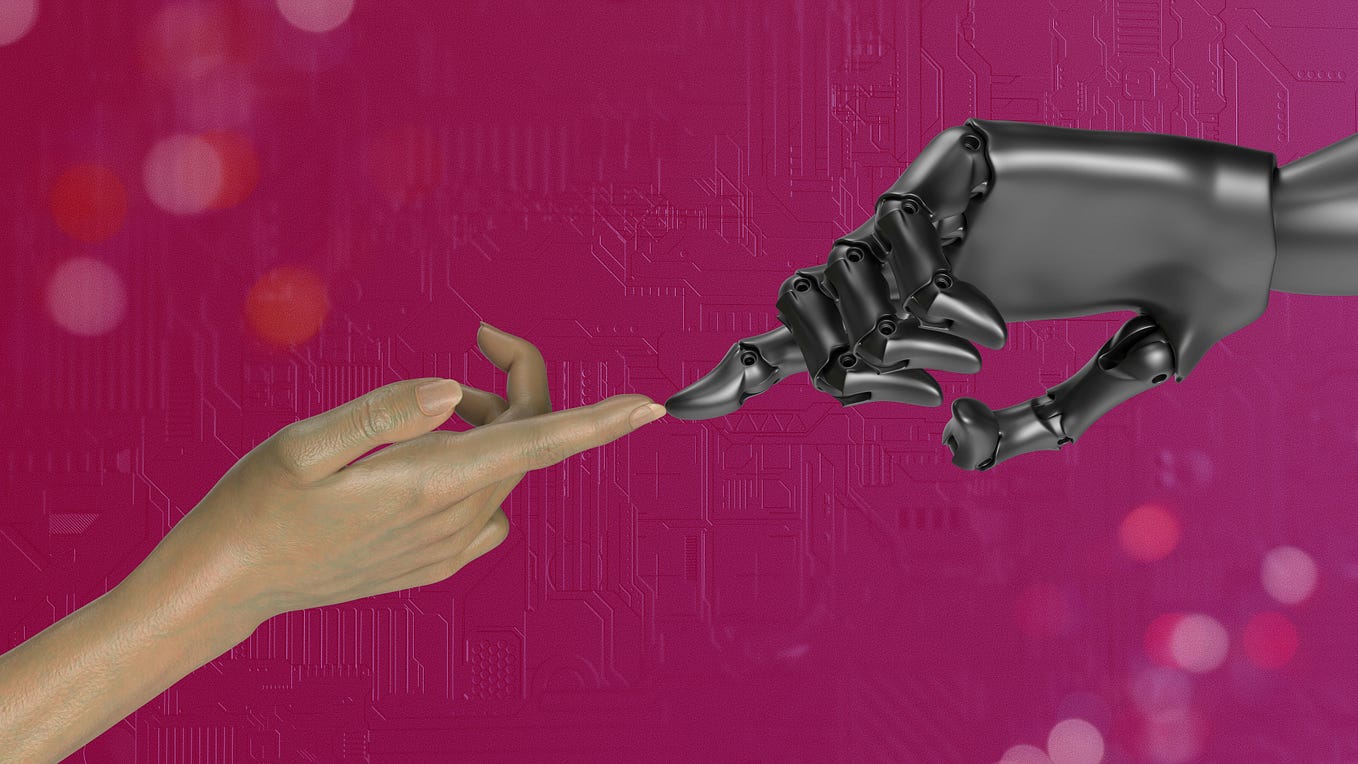Vibe Coding: The Future of AI-Assisted Programming?
Introduction
In 2025, a new programming paradigm emerged that's turning traditional coding on its head. Called "vibe coding," this approach leverages AI agents to transform ideas into functional code with unprecedented speed. But is it truly the future of software development, or just another tech buzzword? Let's explore this fascinating new methodology that's sparking debates across the developer community.
What Exactly is Vibe Coding?
Vibe coding represents a fundamental shift in how we create software. At its core, it's:
The term gained popularity after Andrej Karpathy (former Tesla AI director and OpenAI co-founder) tweeted about "fully giving in to the vibes" of AI-assisted coding.
The Vibe Coding Workflow
Contrary to popular belief, vibe coding isn't just random code generation. Successful practitioners follow a structured approach:
1. Ideation Phase Start with clear project goals and requirements
2. Deep Research Use tools like Perplexity or Gork to explore solutions and APIs
3. Agent Collaboration Work with AI coding assistants (Cursor, Replit Agent, etc.)
4. Local Testing Rigorously test generated code before deployment
5. Continuous Debugging Use reasoning models (like Claude Sonnet 3.7) to solve complex issues
Essential Tools for Vibe Coding
To practice vibe coding effectively, you'll need:
Best Practices for Success
1. Template First Always start with project templates to accelerate development
2. Smart Agent Usage Keep agent conversations focused and create new chats for different tasks
3. Relentless Testing The generated code requires more testing than traditional methods
4. Prompt Engineering Maintain a library of effective prompts for consistent results
5. Security First Always store API keys in environment files, not in code
The Pros and Cons
Advantages:
Challenges:
Key Takeaways
1. It's Not Magic Vibe coding requires careful planning (40%) and extensive testing (50%), with only about 10% being pure ideation.
2. Augmentation, Not Replacement This approach enhances developer productivity but still requires technical oversight.
3. The Future is Hybrid The most successful teams will blend traditional coding expertise with AI collaboration.
Conclusion
Vibe coding represents an exciting evolution in software development, offering incredible speed at the cost of some technical debt. While it's not suitable for all projects, it's proving invaluable for rapid prototyping and certain types of development. As the tools mature, we may see vibe coding become a standard approach - but with developers firmly in the driver's seat.



